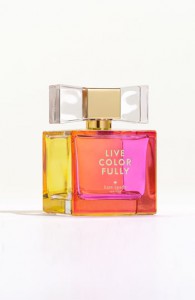Christian Dior – Dune
![christian-dior-dune-kristina-semenovskaya_thumb[3]](http://www.essence-quintessence.com/wp-content/uploads/2013/03/christian-dior-dune-kristina-semenovskaya_thumb3-214x300.jpg) An increasingly central focus of modern perfumery is advertising. While advertising in different forms has always been key to promoting perfume to consumers, budgets have increased exponentially in recent years, vastly surpassing the cost of producing the actual perfume. Fragrance houses also use advertising as a means of promoting (or creating) a perfume’s identity, the fantasy we consumers are lulled into buying.
An increasingly central focus of modern perfumery is advertising. While advertising in different forms has always been key to promoting perfume to consumers, budgets have increased exponentially in recent years, vastly surpassing the cost of producing the actual perfume. Fragrance houses also use advertising as a means of promoting (or creating) a perfume’s identity, the fantasy we consumers are lulled into buying.
After the impossibly extroverted perfumes of the 1980s, the 1990s shifted the focus to cleaner, lighter, marine-inspired scents. The advertising also seemed equally “sanitized” after the more provocative ads of the 1980s, perhaps in reaction to changing social mores after an era of decadence. Case in point, a comparison of the advertising for Christian Dior’s Dune, which features ethereal beauties and that of its 1985 release Poison, which often featured black-clad and heavily made-up dark beauties. And yet with Dune, despite the serene advertisements depicting blonde beauties lounging on a beach, I am reminded not of a seaside retreat, but of the rippled sand dunes on a distant planet in an imaginary universe created by Frank Herbert.
Dune, published in 1965 and hailed as the world’s best-selling science fiction novel, tells the story of an intergalactic struggle to dominate a single planet, Dune, in order to control the precious substance cultivated there: spice. The spice, ironically named “Melange”, is similar to a narcotic: highly addictive, becoming more so with prolonged use. Spice/Melange is valued above all else for its ability to expand consciousness, prolong life and allow for instantaneous interstellar travel. Paul Atreides and his mother, a member of the Bene Gesserit sisterhood – a group of women with mystical and witchlike powers – relocate to the planet Dune with the mission of overseeing spice production, a difficult and dangerous process, due to the existence of giant sandworms which patrol the planet’s surface, protecting the spice which is formed deep within the planet’s core.
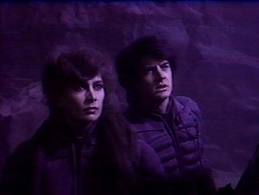
Paul Atreides and his mother, the Lady Jessica
The planet’s local inhabitants, known as Fremen, are greatly impressed by the mystical powers which Paul and his mother possess and believe Paul to be their long-awaited messiah. Paul instinctively knows that the key to power in the universe is directly tied to the control of spice production and befriends the Fremen, learning their survival tactics and teaching them some of the magical powers he has inherited from his mother, the Lady Jessica. The movie, released in 1984, is replete with scenes of Paul leading the Fremen, wearing futuristic black leather suits which protect them from the harsh desert elements and allow them to preserve the water given off by their bodies, which is absolutely vital to life on this dry, arrid planet. The smell of Melange is said to be pervasive and according to one character, its scent “is “never twice the same… It’s like life – it presents a different face each time you take it”.

Paul leading the Fremen
Nothing could more aptly describe Christian Dior’s Dune. While certain fragrances are changeable during the stages of wear, Dune appears to be in a constant state of flux, throwing off different impressions by the second. Created in 1993 by a group of perfumers led by Jean-Louis Sieuzac, Dune is positively otherworldly. It possesses the heat of the desert under the daylight’s scorching sun and the dry quality of its unrelenting winds. And yet it is completely devoid of warmth at the same time, feeling as black and cold as the leather suits worn by the Fremen. Dune’s ability to hover between fragrant realities is nothing short of magic.
Dune opens with a bitter, slightly anisic herbal punch that borders on the masculine, yet quickly fades to reveal a strange floral heart. The fragrance notes are deceptive, as Dune’s flowers have a dry, arrid quality which renders them largely unrecognizable. While peony and jasmine appear to dominate, the slightly green quality of the fragrance at times give me a carrot note. The marine aspect makes its presence felt in a subtle salty quality – the whisper of the winds across the fragrant sands – which kick up individual notes onto the wind. Similar to the Spice Melange, Dune is never the same twice – sometimes bitter and mossy, sometimes musky and floral – and yet always lovely.
While the entire fragrance is discernible from the opening, Dune mellows over time, revealing a hint of vanillic amber rounded by moss and woods. There is a softness to Dune, however, the fragrance is not light – it is like hearing a very powerful and complex orchestra piece played at a very low volume. Like shifting sands, the inconstant nature of Dune makes it a pleasure for some and uncomfortable for others. I personally adore this subtle, changeable aspect of Dune and am always thrilled when someone remembers this lesser known beauty, winner of a 1993 FiFi award.
*As an aside, the one attribute of Dune I find puzzling is its color which is soft and flesh-like, gorgeously displayed in its beautiful winged bottle. When I imagine Dune, in all its complexity, in its searing heat and biting coldness, it is as black as the Fremen’s leather suits.
Marine Oriental
Notes: bergamot, mandarin, palisander, aldehyde, peony, broom, jasmine, rose, ylang-ylang, lily, wallflower, lichen, vanilla, patchouli, benzoin, sandalwood, amber, oakmoss, and musk.


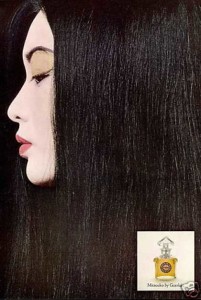
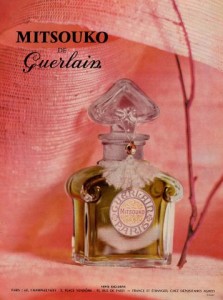
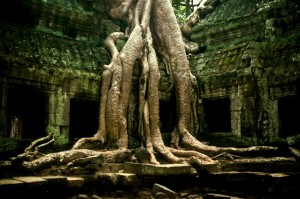
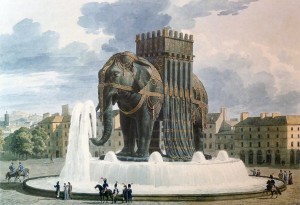


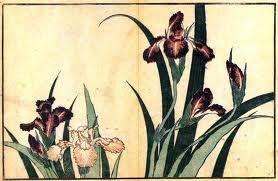
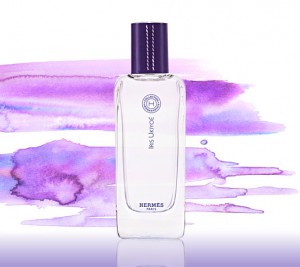
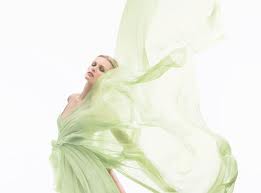
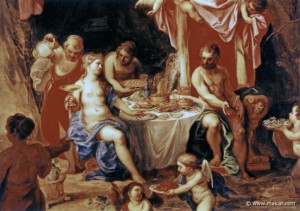
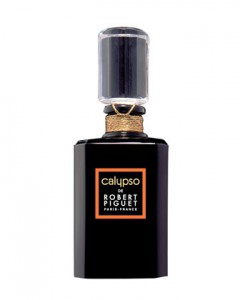
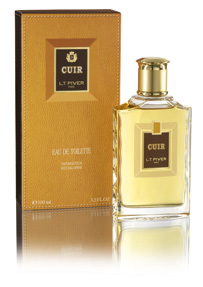


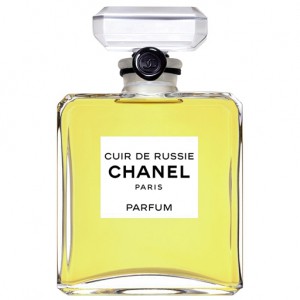
![christian-dior-dune-kristina-semenovskaya_thumb[3]](http://www.essence-quintessence.com/wp-content/uploads/2013/03/christian-dior-dune-kristina-semenovskaya_thumb3-214x300.jpg)


